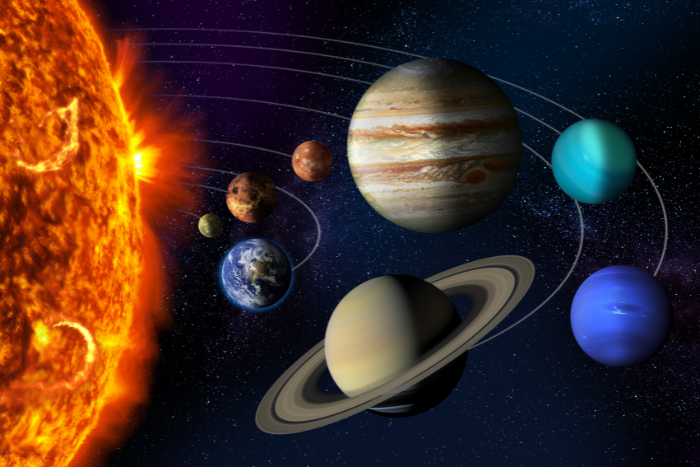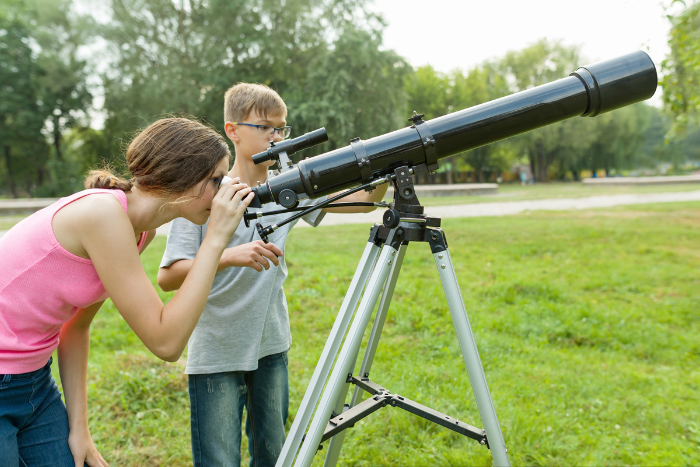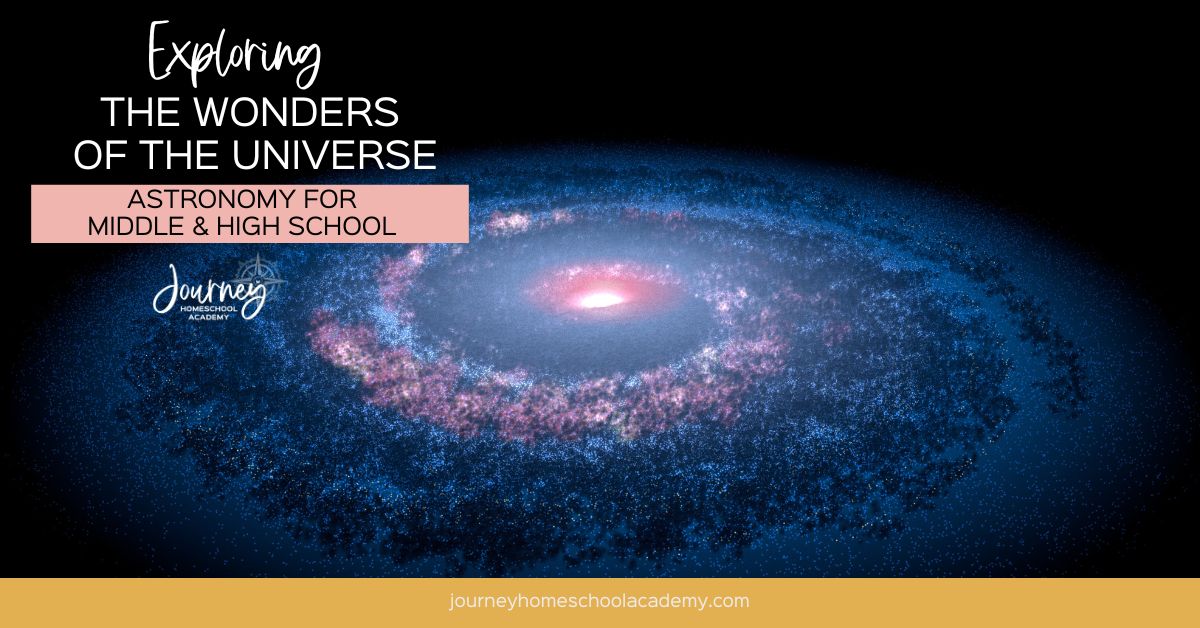Astronomy is an incredible science that has captivated humans of all ages for centuries. From the ancient astronomers who studied celestial bodies, to modern space exploration missions, there is so much to discover about the vast universe we live in. Astronomy for middle and high school students opens up a whole new world of studying the night sky. In this blog post, we will explore some key concepts of astronomy that will cause your young students’ minds to marvel at the wonders of the universe.

The Scale of the Universe: From Earth to Stars
The first step in understanding astronomy is appreciating the scale of the universe. Our home, Earth, is just a tiny speck in the vastness of space. Students can start by exploring the relative distances between celestial bodies. Using scale models that they create themselves, they can visualize the size difference between the Earth, other planets in our solar system, and distant stars. This activity provides a sense of perspective and helps students grasp the enormity of the universe.
The Solar System: Our Cosmic Neighborhood

The solar system is a familiar concept to most students; planets are often the first thing we teach our littles about astronomy! But there is so much more to learn beyond the basic eight planets (nine, if we’re counting Pluto). Introduce students to fascinating features like moons, asteroids, and comets. They can explore the gas giants with their massive storms and icy moons or study the rocky planets closer to the Sun. Encourage them to imagine what life might be like on other planets or moons in our solar system.
Exploring the Stars: Constellations and Beyond
Star-gazing is a favorite activity for both children and adults alike! I have distinct childhood memories of being woken up by my parents to go lay on the deck and stare at the stars while snuggled up in big sleeping bags. Help students understand the vast history behind constellations and their names. Teach them to identify some of the prominent constellations visible in the night sky. Additionally, introduce them to different types of stars, such as red giants and white dwarfs, and explain how these stars change over time. There is a never-ending wealth of knowledge wrapped up in the stars and constellations!
Modern Astronomy: Telescopes and Space Exploration

The way we study the universe has transformed over time. Discuss the different types of telescopes used by astronomers, from optical telescopes to radio telescopes. Talk about the latest advancements in space exploration, including the Hubble Space Telescope and the Mars rovers. Better yet, build your own telescope! Encourage students to explore the possibility of pursuing a career in astronomy or related fields. See if your state has a space museum and take a day trip. NASA has become a popular “brand” for clothing and design, but it is so much more than a fun t-shirt or birthday party theme!
The Theology of Astronomy: Creation or Evolution?
In most secular education settings, the history of the universe is based on the Big Bang Theory and evolution. In contrast, Christian circles teach that the universe and life as we know it on Earth is a result of creation through God. Regardless of what you and your family believe, astronomy for middle and high school students opens the door to excellent discussion about the theology behind Earth and space. Ask questions that challenge your student(s) and encourage critical thinking. Middle and high school often create the foundation for college and adulthood, so teaching astronomy during these years is not only important but can lead to fruitful family conversations.

Astronomy Made Easy (And Fun!)
It’s no secret over here at Journey Homeschool Academy: we LOVE astronomy! There is so much to learn beyond what we can see in the night sky with our naked eye. And, we believe that middle and high school are the perfect times to go on the adventure of discovering the sky, stars, and more. Experience Astronomy is our online, homeschool astronomy course for middle and high school students (we have one for elementary too!). Say goodbye to stale, reading-heavy science curriculums, and watch your student enjoy:
- Engaging video content taught by instructors who also love science.
- Hands-on observation activities, including stargazing tutorials!
- Easy-to-follow lesson outlines and curriculum guides
- Specially curated reading assignments
- …And more!

Astronomy for middle and high school students can be fun and filled with learning for all involved. There is unlimited exploration in the wonders of the universe, and Experience Astronomy dives fully into the world of science in space.
Look up! There’s so much to see in the night sky!
